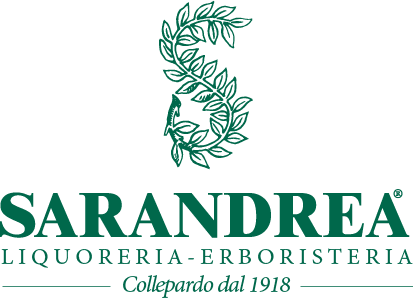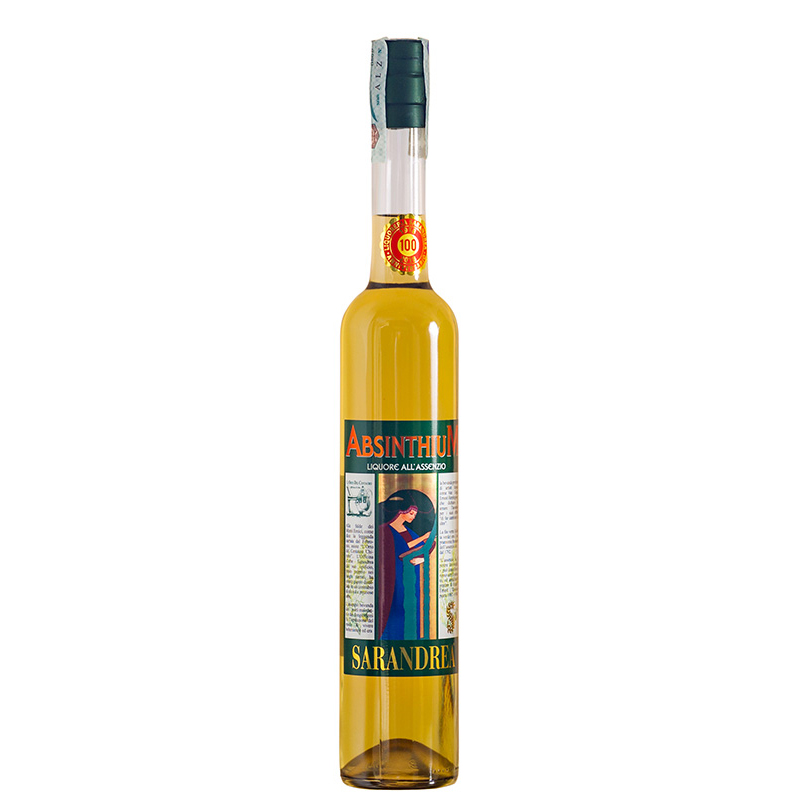Absinthium
Liquore all’assenzio.
Finissimo liquore prodotto con l’antica ricetta del XIX sec. con metodo tradizionale, per garantire che il sapore, il bouquet , il colore, siano autentici.
L’Assenzio “ ABSINTHIUM” contiene tutti gli ingredienti e le erbe tradizionali utilizzati nella ricetta originale. La produzione comporta la macerazione delle piante ed il successivo processo di distillazione , che non è il metodo più rapido, né il più economico di produrre l’assenzio, ma assicura che quando ve ne versate un bicchiere, avrete come garanzia “ l’esperienza completa dell’Absinthium”.
Il primo assenzio disponibile in commercio comparve nel 1792, con la gradazione alcoolica di 68° .
La stessa del nostro Absinthium, che contiene appunto l’Assenzio maggiore (da cui il nome) che è la pianta determinante della ricetta, spesso dimenticata e del tutto assente in altre preparazioni similari che utilizzano come sostituto altre piante come l’Artemisia volgare o l’Abrotano.
Liquore tanto discusso quanto decantato.
Ricetta messa a punto nel 1792 da Pierre Ordinaire , medico francese , come tonico e toccasana, l’assenzio divenne così famoso che anche altri cominciarono a distillarlo e fu soprannominato “ La Fata Verde”.
Nacque così la bevanda dei poeti maledetti e dei dongiovanni, fu l’ispirazione del modo di vivere Bohemienne e la bevanda preferita da artisti come Van Gogh, Picasso, Rimbaud , Touluse Lutrec , Emile Zola ed Ernest Hemingway, il quale dichiarò di amare l’assenzio per i suoi effetti “di far cambiare le idee”
Nel 1915, l’assenzio viene vietato in Francia ma in Italia cominciava la diffusione dell’ABSINTHIUM Sarandrea sulla base della ricetta originale.
Nel 1931, dopo un referendum pubblico sotto la monarchia Italiana, l’assenzio viene vietato.
Nel 1998 avviene la riabilitazione da parte dell’Unione Europea che ne consente la vendita legale.
Nel 2003 , l’ABSINTHIUM Sarandrea con gradazione e ricetta originale, viene acclamato dalla critica per la sua finezza ed autenticità.
L’ABSINTHIUM si consuma diluito con acqua ghiacciata e zucchero, seguendo il “rito” originario. Si versa una parte di ABSINTHIUM nel bicchiere, poi si appoggia sul bordo dello stesso uno speciale cucchiaino fessurato sul quale si adagia una zolletta di zucchero sciolta con una dose doppia ( fino a 5 volte ) di acqua ghiacciata . Lo zucchero misto all’acqua che penetra nelle fessure va ad intorbidire il “veleno verde” già versato nel bicchiere addolcendone la proverbiale amarezza: un rito magico di trasfigurazione del liquido che diventa verdastro opalescente.
50 cl. 68 % vol.
Condividi
Descrizione
Absinthe Liquor.
Fine liqueur made from an ancient recipe of the nineteenth century, with the traditional method, to ensure that the flavor, bouquet, and color are authentic. Absinthe “Absinthium” contains all the ingredients and traditional herbs used in the original recipe. The production involves the maceration of plants and the subsequent distillation process, which is not the fastest, nor the cheapest to produce absinthe, but it ensures that when you pour a glass, you’ll have “the full experience of “Absinthium“. The first commercially available absinthe appeared in 1792, with the alcohol content of 68°, the same of our Absinthium, which contains precisely absinthe (hence the name) which is the determinant of the plant recipe, often forgotten and completely absent in other similar preparations that use other plants as substitutes such as Artemisia vulgaris or Abrotanum. Liquor as discussed as much as it is vaunted. Recipe developed in 1792 by Pierre Ordinaire, a French physician, as a tonic and elixir, absinthe became so famous that even others began to distill it and was nicknamed “The Green Fairy” . Thus was born the drink of the damned poets and womanizers, that was the inspiration of the Bohemian way of life and the favorite drink by artists such as Van Gogh , Picasso, Rimbaud , Toulouse-Lautrec, Emile Zola, and Ernest Hemingway, who said he loved absinthe for “its effects to change ideas.” In 1915, absinthe was banned in France, but in Italy the ABSINTHIUM Sarandrea began spreading based on the original recipe. In 1931, after a public referendum under the Italian monarchy, absinthe is prohibited. In 1998, the rehabilitation is done by the European Union that allows the legal sale. In 2003, the Absinthium Sarandrea with original gradation and recipe received critical acclaim for its finesse and authenticity. The Absinthium is consumed diluted with ice water and sugar, following the original “ritual.” Pour a part of Absinthium in the glass, then lay on the edge a special cracked teaspoon on which sits a lump of sugar dissolved with a double dose ( up to 5 times ) of ice water. Sugar mixed with water penetrates into the slots and goes to roil the “poison green” already poured into the glass, sweetening the proverbial bitterness: a magic ritual of transfiguration of the liquid that becomes greenish opalescent.


